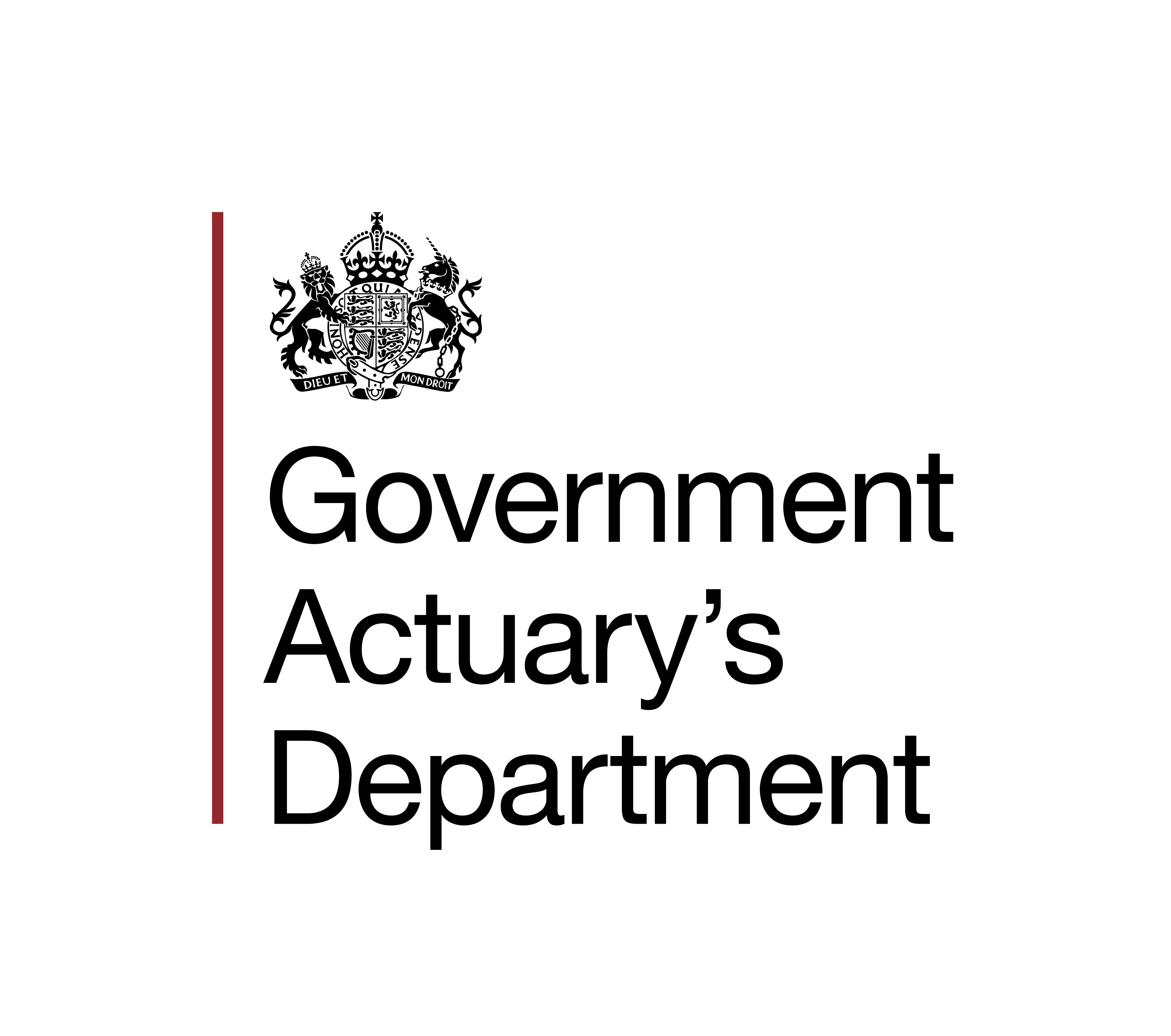This guidance is addressed to the Department of Finance (DoF) as scheme manager of the Principal Civil Service Pension Scheme (Northern Ireland) (PCSPS(NI)).
This guidance provides advice on the application of the following:
- Early retirement factors (in normal health) for:
- classic and premium members with a normal pension age (NPA) of 60 years
- classic and premium members with a NPA of more than 60 years (sometimes known as personal pension ages)
- nuvos members
- Age addition and late payment supplement factors to be used to increase added pension accrued in classic, classic plus and premium.
- Age addition factors for nuvos scheme benefits and added pensions. These are used to increase the pensions of members in active service after NPA.
- Late payment supplement factors for nuvos scheme benefits and added pensions. These are used to increase the pensions of members retiring after NPA from deferred status.
Members of classic plus have accrued some of their benefits in classic and some in premium. The classic and premium factors should be applied as described to the appropriate tranche of the classic plus members' benefits.
There are no increases on late retirement in classic, classic plus or premium, except in respect of added pension.
The actuarially reduced pension and lump sum on early retirement are based on the preserved pension and lump sum before the addition of any deferred revaluation and pension increase (except for nuvos members where the preserved pension should be after the addition of any deferred revaluation and pension increases). Late payment supplements for nuvos members are based on the preserved pension after the addition of any deferred revaluation and pension increases.
This guidance does not apply to benefits in Civil Servants and Others Pension Scheme (Northern Ireland) (CSOPS(NI) or the alpha scheme). Separate guidance applies for the alpha scheme.
The following changes have been made when reviewing this guidance:
- Important information around the expected audience for the guidance, use of the guidance, review of factors, compliance and limitations applies across all sets of guidance. Rather than being repeated in each set of guidance, this can now be found on the scheme home page. It is important to read this information alongside the guidance.
- Calculation methodology: No changes have been made to the calculation methodology.
- Examples: There are no examples in this guidance. Worked examples, using the calculation methodology, can be found in prior versions of the guidance (though please note that these use historic factors).
- Factor tables: The "Factor Tables" tab contains the names of the tables that are referenced in the calculation methodology. The tables of factors themselves can be found in the most recently published "Consolidated Factors Workbook" which is available by clicking the "Download current Consolidated Factors Workbook" button on the scheme's home page.
- Assumptions: The key assumptions underlying the factors in each note are contained in the Consolidated Factors Workbook.
- Regulations: The regulations that require the production of the actuarial factors and/or guidance that is the subject of this note are summarised in the "Regulations" tab.

